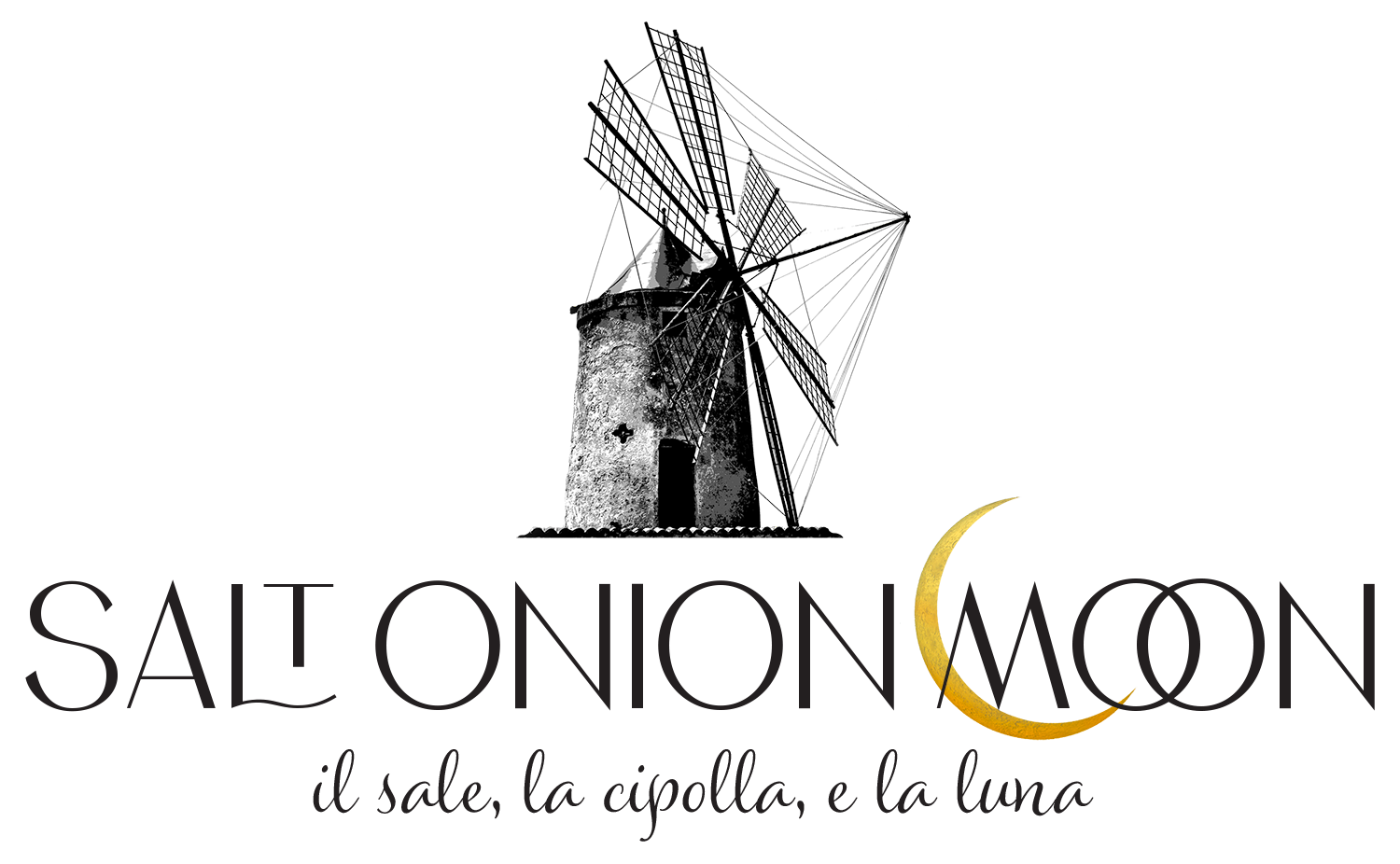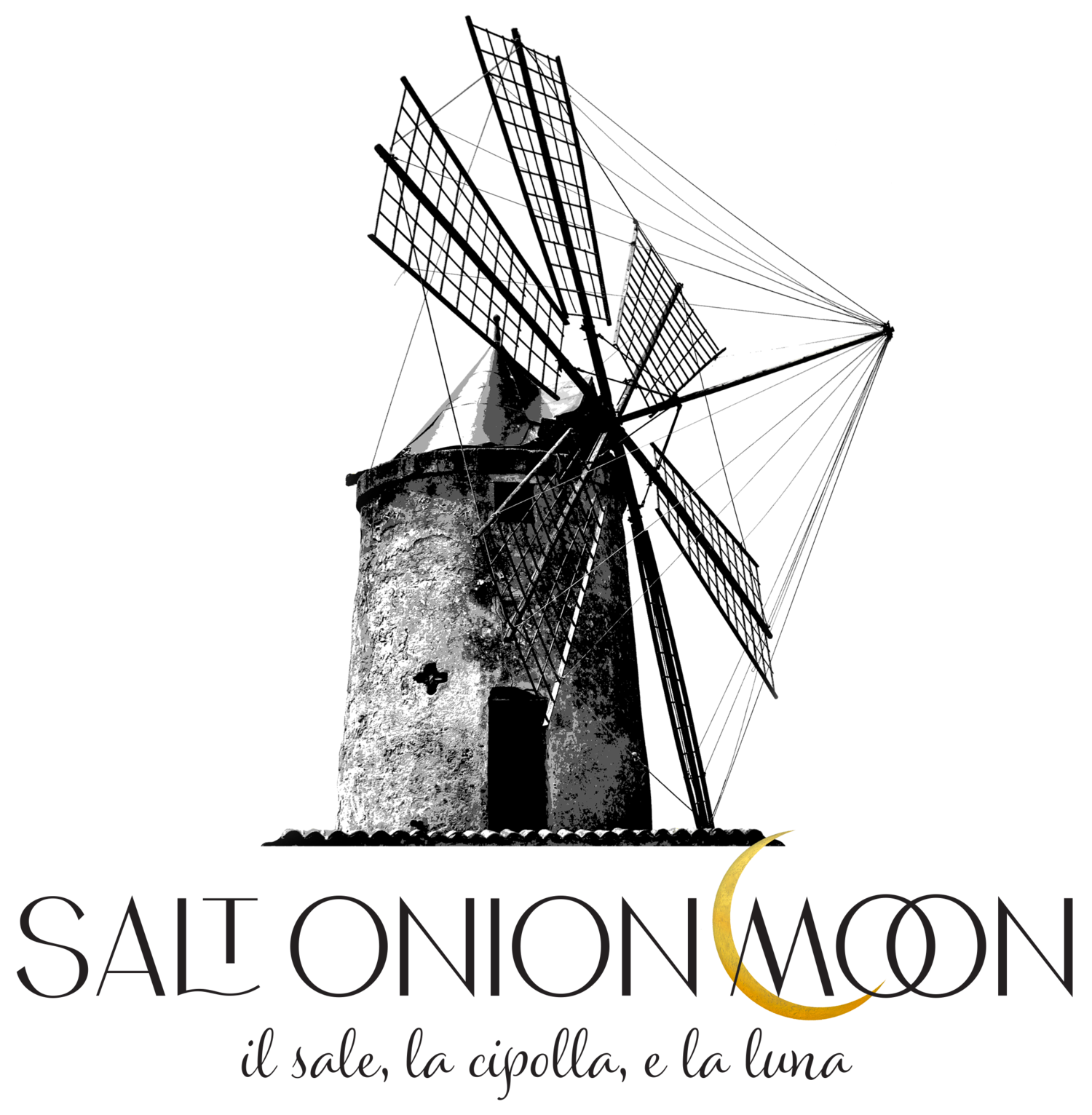Tortellini at Midnight by Emiko Davies
One of the cookbook authors I became aware of while we doing research for our blog was a food writer and photographer named Emiko Davies.
I’d never heard of her. Who was she? Down into the interwebs I dove to seek answers…
Hidden in the gorgeous hills outside Florence lives the brilliant artist and food historian Emiko Davies. The Australian/Japanese writer lives in this little picturesque Tuscan town named Settignano that she calls “the other Florence” with her San Miniato born, sommelier husband, Marco Lami and her two beautiful children Mariù and Luna…
(sound of brakes screeching)
Wait a minute, WHAT????
It sounds like a movie script. I imagine a woman with mellifluous voice singing out her kitchen window into her garden, “Marco, Luna, Mariù... La cena è pronta! Tutti a tavola a mangiare!”
In fact, it sounds so other-worldly and luscious it is almost hard to believe.
But it’s true, kids. And so my jealousy rears its ugly head.
Perhaps it is because I envy her life and what she does and how she does it. I’m not ashamed to say it. You won’t be ashamed to admit it either when you read her books or visit her website emikodavies.com. She seems completely in touch with the pulse of the Italian Slow Food movement and in fact, is a card-carrying member.
How Emiko Davies does all the things she does is a wonder. She lectures, she does demonstrations and book signings, all the while traveling the length of the boot of Italy and collecting recipes and working with people to understand the back story- the history- of the recipe she is researching. Oh yes… and she has two kids and a husband on the side. Yeah… that too!
She is a food historian with the talent to be able to deconstruct something, make it, take its portrait and poetically document it. She’s also a reporter of sorts. She makes her way to the people who cook the recipe she wants to learn about in order to get the method directly from them. There doesn’t seem to be any shortcuts here. She puts in the hard work of analyzing her data from the source and then chronicles her findings in a beautiful and artistic way.
The fact that she is a gifted photographer is also fortuitous but hardly unexpected. Ms. Davies was writing for Food52 for several years. Before that she attended Rhode Island School of Design. She has carried her art and writing into her own blog simply titled Emiko Davies.
Did I say she is a gifted writer? Extremely gifted. So gifted, in fact, that her work can be seen in Condé Nast and also Newsweek as well as other important newspapers besides her four cookbooks. So good for goodness sake, that I bought three of the four all at the same time: Tortellini at Midnight, Acquacotta and Florentine: The True Cuisine of Florence.
I have never done that before. Never.
The fourth book is called Torta della Nonna and doesn’t come out in the States until 2021. Otherwise yes, I would have bought it, too. I cannot WAIT to get my greedy hands on it. I’m hooked and I’m ecstatic about it.
There are several other books that I have purchased because she refers to them often throughout her work. By sheer luck (and perhaps a good eye), I somehow picked up Carol Field’s book The Italian Baker for Kim while nosing through a used bookshop in NOLA.
I have also bought two important food history books on her recommendation. Both Nonna Genia by Beppe Lodi and Luciano De Giacomi and La Scienza in Cucina e l’Arte di Mangia Bene by Pelligrino Artusi give such an interesting picture of Italian food and cooking in the late 1800’s. Absolutely fascinating. I shall never probably cook with pig’s spinal cord, but that recipe snapshot shows the frugality and tenacious mastery of method that was needed in an Italian kitchen in 1880’s.
She was recently named one of 50 powerful women in food by Italy’s leading newspaper, Corriere della Sera. Can you imagine how hard that is if you are an Australian/Japanese female cookbook writer writing about Italian food? These are Italians talking about food! Think about it. She is unquestionably a force.
There is a lovely video on YouTube produced by Food52 called Torta Caprese with Emiko Davies l At Home With Us. You can see her in her down-to-earth, natural element. She is busy, busy, soooo busy and I am guessing uber organized.
Okay, the book.
Tortellini at Midnight
The name caught my funny bone because I have actually made tortellini in brodo in the middle of the night before. Okay, they tortellini was frozen and the broth came out of a Trader Joe’s box- but I heated it up! I put copious amounts of parmigiano and black pepper on it. It was one of the most comforting moments I’ve ever had with myself. I highly recommend it.
“Eating tortellini for Marco is akin to time-travelling... Christmas or Easter especially... My mother-in-law Angela recounts .. her father Mario making them and serving them on New Year’s Eve...at midnight to ring in the new year.”
Tortellini soup was a holiday thing in my house when I was very young. It wasn’t something we did every year after I turned about ten.
I remember it was particularly important for luck to eat it on New Year’s Eve. For a time we ate it on New Year’s Day. This tradition is something I lost track of. But I was reminded of it when I got to page 184 of Tortellini at Midnight.
She goes on to say that she thinks “this is a tradition worth keeping”. I completely agree with her. So, I’ll be doing it again, only this time, I’ll be making it from scratch, taking pictures and remembering…
The book itself feels like you might have had it for awhile. It is textured and nice to hold. The pages are sturdy and non-glossy which I love. There is something fun about a tomato sauce thumbprint every now and again if you’re as messy as I am. To me, it means the cookbook is well-loved.
When you open the book, right away you know that she is an historian. There is a family tree and talk of history. In the introduction to the book she immediately speaks to memory and to the power of lessons learned in the kitchen from a nonna. I was lucky enough to have that experience so she immediately had my attention. And the memory aspect spoke so strongly to me. I was reading a cookbook and it was a page turner! Imagine!
What she has done here is curated a series of important and even lost recipes from her husband’s family and from areas. She organizes them by using a family tree marked by the cities they came from. These beautiful recipes are straight from the true Piatti di Gastronomia Casalinga or the Dishes of the Gastronomy of the Housewife.
Many of them I’ve have tasted over the years at family gatherings and watched my nonna make with very little deviation regarding method or ingredients. Take for example Orecchiette con Cima di Rapa, Ricotta with Honey and Figs (without using honey at all), and Vitello al Tonnato: all very delicious and all old friends from my childhood. You can find them all over the internet written by people who do not know what they are doing using methods that are in many instances ridiculous and untrue. Don’t get me wrong, these bloggers are definitely lovers of Italian food. But those recipes are not the true Piatti di Gastronomia Casalinga. Davies has tucked in here and brought us the historic and passionate truth about each dish in the book. Not easy, folks and yet, she makes it seem so.
Without naming names, I will say that I have followed many of those random “The BEST or TRUE Italian Food” internet recipes only to be disappointed. I am sure we all have. Having had so much experience with the cuisine, I am able to read through them sadly realizing that the person does not know what they are talking about. These are people who don’t test or do any sort of research on what they are writing about. Then there are some that I’ll call TV star “chefs” who don’t necessarily care to acknowledge the history of what they are cooking. The internet is full of this.
What Ms. Davies does is completely different. She garners the history of the dish and honors it by making it EXACTLY the way her research has told her to. Any deviation is accounted for. After all, she lives in Italy and has access to all the products she might need as well as a vast amount of family knowledge that she leans on to make these dishes completely and simply.
Problematically, and perhaps most intriguingly, these recipes are elusive because they are not generally written down. That is the beauty and the complexity of La Gastronomia Casalinga. It is passed down in an oral tradition.
I can’t tell you how many times I’ve reached out to family to ask how my nonna made a dish only to be told, “I don’t know. She never wrote it down.” It is disheartening at best. At its worst, it is filled with the dismay of loss. It is this feeling that you shall never “taste” that memory again as long as you live.
These recipes from the Italian Gastronomia Casalinga come from the kitchens of the past where practicality and frugality informed method. Some of my own family’s recipes that I have picked through (and it’s a sparse written set) are just lists of ingredients with no method bearing the letters Q.B. on them meaning quanto basta or in English meaning as much as you like. Only a cook could use a card like that.
What the Ms. Davies does here is act as translator. She reclaims these never written down ricette for future generations which includes those of us who didn’t have a nonna to teach us. What an incredible gift. And, quite frankly, no simple task. Yet, that is how she makes it look. Simplicile…
The author and her family. Upper left hand corner are my crazy tabs to all the recipes that I was so excited to see and that I am so anxious to try.
There are also some wonderful surprises in this book like a fantastic recipe for Vermouth di Torino created by her husband Marco. There’s also an incredibly delicious looking cherry fritter recipe that I’ve still to make. And not without a sense of drama, Ms. Davies adds a fantastical surprise at the end of the cookbook with the reveal of a lost recipe from the family’s archives.
I shall not tell you what it is. You must buy the book.
When a gifted artist-historian makes it her life’s work to bring such elusive, even non-exportable, cuisine into your kitchen, we must take note. Her obvious care, clarity and love for what I would consider not just recipes but personal memories, traditions and even life lessons that tie all Italians and perhaps the world of food together is palpable and rings out on every page.
The excitement she has for historic recipes, which she has turned into the motivation for this book, is catching. Her love for her family and the heritage she has married into is palpable and leaps off the page.
She has made me look differently at my own family tree and the traditions spread out between the tiny towns of Paceco, Sicily and Napoli and Foggia, Italy.
And I am so, very grateful.

